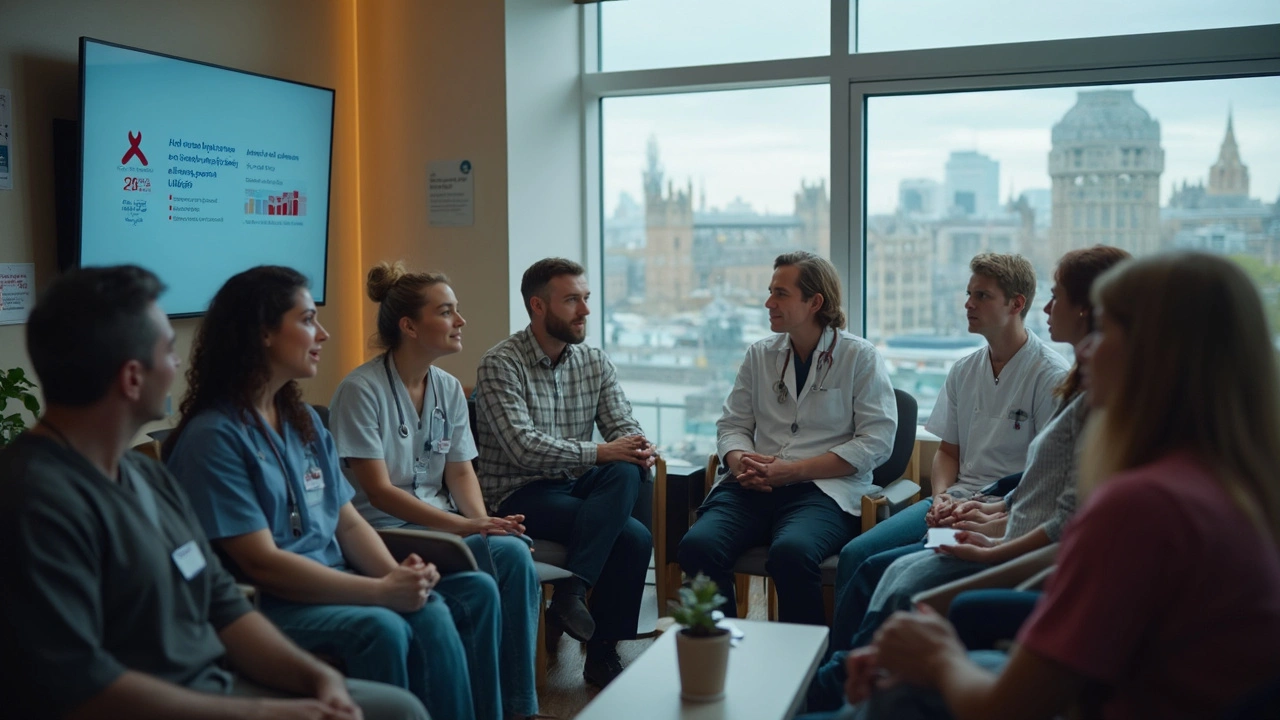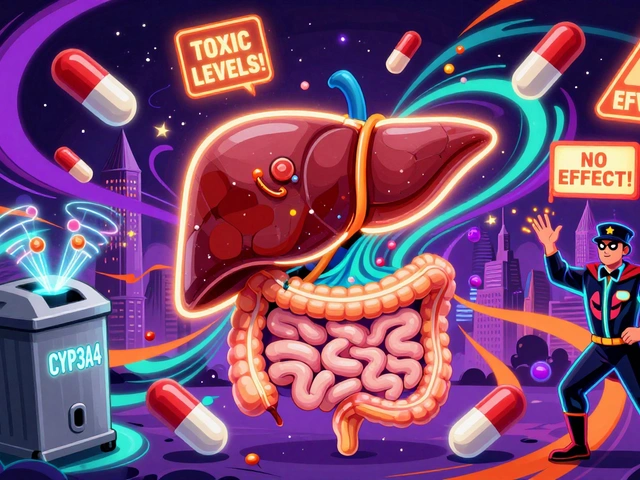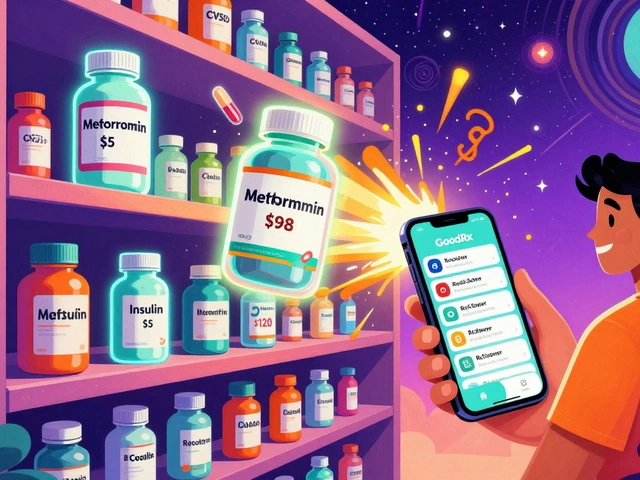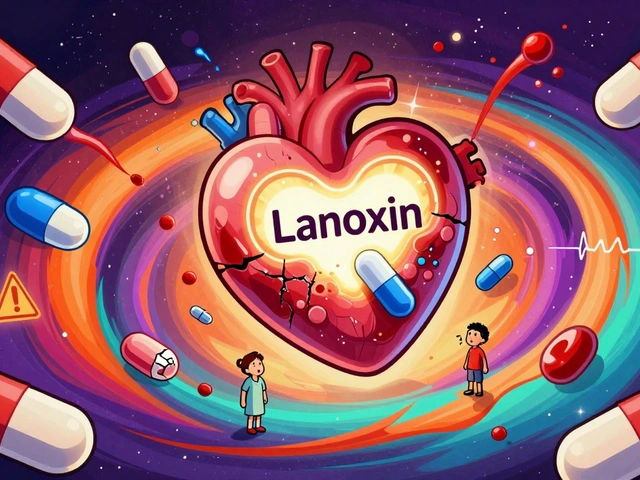Opioid Addiction: Signs, Overdose Response & What to Do Now
If you or someone you care about is using opioids, clear steps matter. Opioids change how the brain handles pain and reward. That can lead from regular use to tolerance (needing more), dependence (withdrawal when stopping), and addiction (use despite harm). Spotting the shift early makes a big difference.
Look for these signs: intense cravings, needing larger doses, failed attempts to cut down, spending lots of time getting or using drugs, neglecting work or family, and withdrawal symptoms like sweating, shaking, nausea, or sleeplessness. Legal troubles or hiding use are also red flags. If you see several of these, treat it as a medical issue, not a moral failing.
Overdose Response: Quick Actions
An opioid overdose can be fatal in minutes. Watch for very slow or stopped breathing, limp body, pale or blue lips and fingernails, very small pupils, or unresponsiveness. If you suspect overdose: 1) Call emergency services immediately. 2) Give naloxone if available — it quickly reverses opioid effects. 3) Start rescue breathing or chest compressions if the person isn’t breathing. 4) Stay with them until help arrives. Naloxone kits are available at many pharmacies and community programs; get one if anyone around you uses opioids.
Mixing opioids with alcohol, benzodiazepines (like diazepam), or other sedatives raises overdose risk a lot. If someone uses prescribed benzodiazepines, tell their prescriber about any opioid use. If you see someone buying sedatives online, be cautious—fake or unsafe meds can make overdoses more likely.
Treatment Options That Work
Effective care combines medication and support. Medication-assisted treatment (MAT) includes methadone, buprenorphine, and naltrexone. Methadone and buprenorphine lower cravings and withdrawal, letting people stabilize. Naltrexone blocks opioid effects and suits people already opioid-free. These medicines reduce death risk and help people keep jobs and relationships.
Counseling, peer support, and social services matter too. Cognitive-behavioral therapy, community support groups, and case management help with triggers, housing, and work. For severe cases, inpatient detox followed by ongoing outpatient care is common. Ask your doctor, local clinic, or helpline about nearby MAT providers and counseling options.
Harm reduction keeps people safer if they’re not ready or able to stop. That includes naloxone distribution, safe injection supplies, supervised consumption sites where available, and testing drugs for fentanyl. Small actions—never using alone, using a test dose, carrying naloxone—save lives.
If you need immediate help, contact local emergency services or a national helpline. Talk honestly with a doctor or pharmacist about all medicines you take—prescription or not. Asking for help is a strong move. Recovery happens step by step, and real, practical treatments exist to support that path.
Nevirapine: Unexpected Role in the Opioid Epidemic Revealed
How does a common HIV medication, Nevirapine, cross paths with the opioid epidemic? This article breaks down the surprising connection between antiretroviral therapy and opioid addiction, exploring pharmacological links, real-world risks, and practical tips for those affected by both. You'll find specific data, relatable stories, and crucial facts to help you make sense of this complex health crisis. Easy to follow and rich in practical info for anyone curious about drug interactions and public health.





